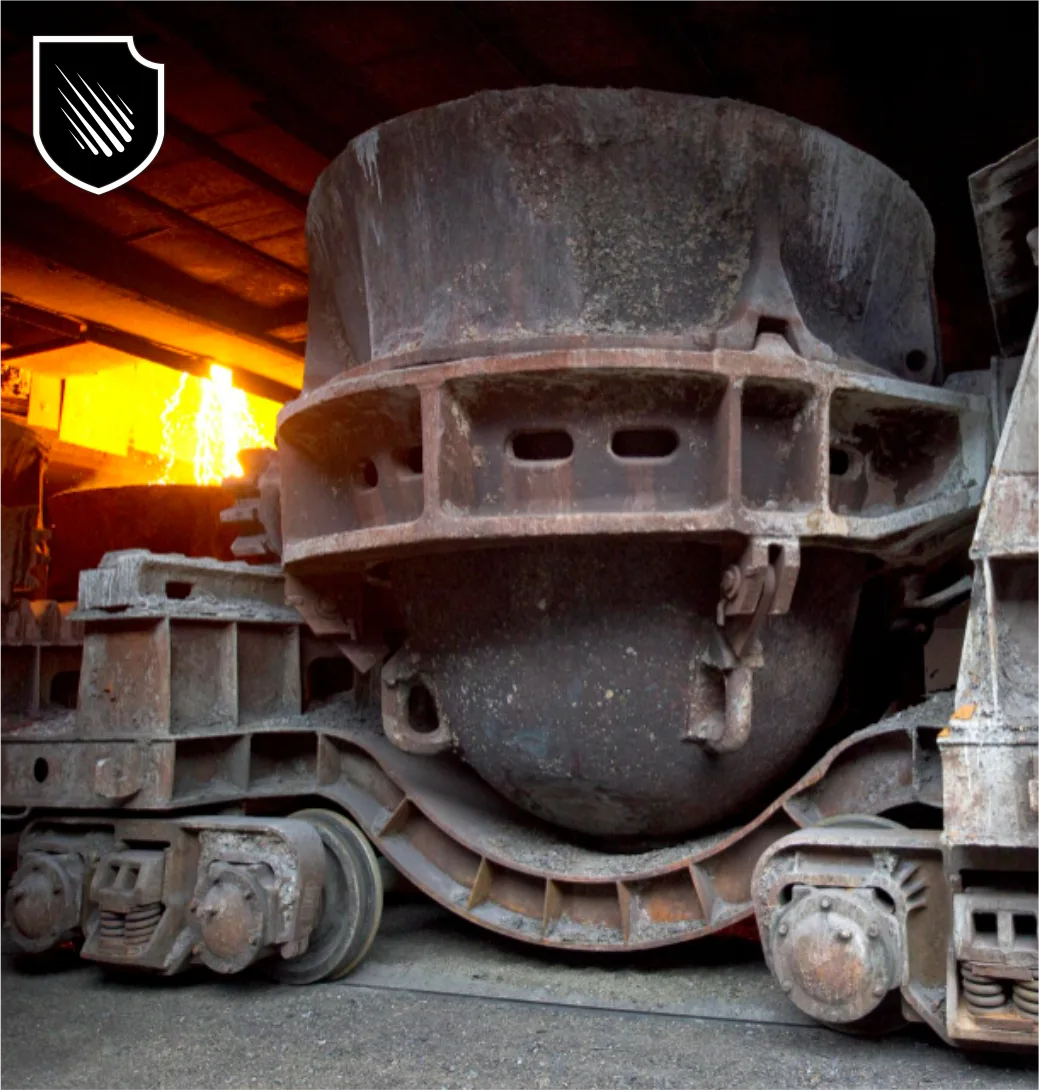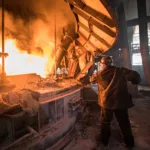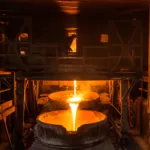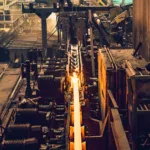Monolithic vs. Shaped Refractories
Key Differences, Applications & Advantages in Industrial Furnaces
In industrial furnaces and high-temperature equipment, refractory materials are typically divided into two main categories: monolithic refractories and shaped refractories. Each type offers distinct advantages depending on process temperature, equipment geometry, installation needs, and operating conditions.
Selecting the right refractory type is critical to ensuring thermal efficiency, longer service life, and reduced downtime. In this guide, we’ll explore the differences between monolithic and shaped refractories, where each should be used, and the benefits of both.
What Are Monolithic Refractories?
Monolithic refractories are unshaped materials that are installed directly on-site by casting, gunning, ramming, or spraying. Unlike bricks, they do not require pre-molding and conform to the shape of the equipment during application.
Common types include:
-
Castables (alumina, silica, bauxite-based)
-
Gunning mixes
-
Patch repair mortars
-
Insulating coatings and lining systems
-
Refractory spray products
What Are Shaped Refractories?
Shaped refractories are preformed bricks or blocks produced at specialized facilities. They are cured, dimensionally fixed, and ready for direct installation.
Common types include:
-
Alumina bricks
-
Magnesia-carbon bricks
-
Silica and dolomite bricks
-
Precast custom blocks
Comparison Table
| Feature | Monolithic Refractories | Shaped Refractories |
|---|---|---|
| Application Method | On-site casting/spraying | Manual brick/block installation |
| Geometric Flexibility | High | Limited |
| Installation Time | Faster | Slower |
| Repair & Maintenance | Local patching possible | Entire section replacement required |
| Thermal Resistance | Medium to High | High |
| Mechanical Strength | Moderate | High |
| Thermal Shock Resistance | Adjustable via mix design | Depends on brick type |
| Cost | More economical | Higher cost |
When to Choose Which?
Choose Monolithic Refractories When:
-
Furnace geometry is complex or nonstandard
-
Quick maintenance and localized repair is required
-
Thermal expansion must be absorbed flexibly
-
Installation requires flexibility on-site
-
A lower-cost solution is preferred
Choose Shaped Refractories When:
-
Equipment faces high mechanical load
-
There’s heavy slag or chemical attack
-
Operating temperatures exceed 1700°C
-
Structures are geometrically regular (e.g., tunnels, ladles)
-
Long service life with stable operation is the goal
Application & Maintenance Differences
-
Monolithic linings require drying and sintering after installation
-
Shaped refractories can be heated immediately after installation
-
Monolithic repairs can be localized (patching)
-
Shaped refractories must be replaced in full sections if damaged
Thermal Efficiency Comparison
-
Monolithic linings offer fewer joints, reducing thermal loss
-
Shaped bricks have more seams, increasing heat leakage
-
Insulated monolithic systems offer better energy performance
Alpha Refractory LLC’s Engineering Approach
At Alpha Refractory LLC, we help you select the ideal refractory solution based on:
-
Furnace type and operating temperature
-
Chemical exposure and mechanical stress
-
Required service life and maintenance strategy
-
Precast support for special geometries
-
Installation method and post-heating requirements




